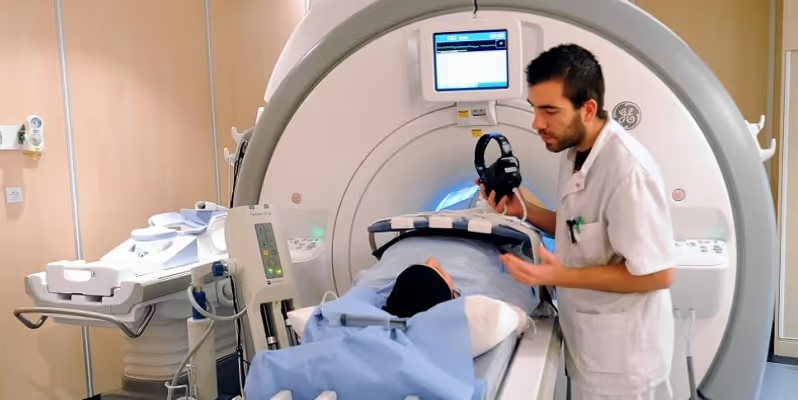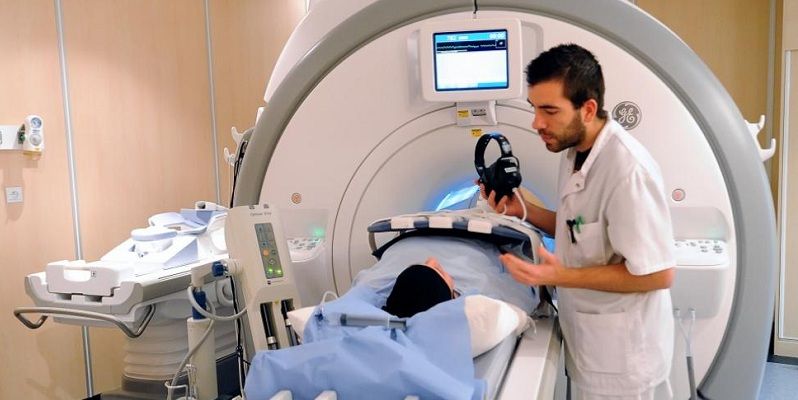Scientists develop affordable biosensor that can detect Alzheimer's and cancer
Scientists have developed a novel biosensor that can detect molecules associated with neuro-degenerative diseases such as Parkinsons and Alzheimers, as well as certain types of cancer.

The device, developed by researchers at the National Nanotechnology Laboratory (LNNano) in Brazil, is a single-layer organic nanometre-scale transistor on a glass slide. It contains the reduced form of the peptide glutathione (GSH), which reacts in a specific way when it comes into contact with the enzyme glutathione S-transferase (GST), linked to Parkinsons, Alzheimers and breast cancer, among other diseases.
The GSH-GST reaction is detected by the transistor, which can be used for diagnostic purposes. The project focusses on the development of point-of-care devices by researchers in a range of knowledge areas, using functional materials to produce simple sensors and microfluidic systems for rapid diagnosis.
“Platforms like this one can be deployed to diagnose complex diseases quickly, safely and relatively cheaply, using nanometre-scale systems to identify molecules of interest in the material analysed,” said Carlos Cesar Bof Bufon, Head of LNNanos Functional Devices and Systems Lab (DSF).
In addition to portability and low cost, the advantages of the nanometric biosensor include its sensitivity in detecting molecules, according to Bufon.
“This is the first time organic transistor technology has been used in detecting the pair GSH-GST, which is important in diagnosing degenerative diseases, for example. The device can detect such molecules even when they’re present at very low levels in the examined material, thanks to its nanometric sensitivity,” Bufon said.
The system can be adapted to detect other substances, such as molecules linked to different diseases and elements present in contaminated material, among other applications. This requires replacing the molecules in the sensor with others that react with the chemicals targeted by the test, which are known as analytes, researchers said.
The team is working on paper-based biosensors to lower the cost even further and to improve portability and facilitate fabrication as well as disposal.
Also read : How a 23-year-old’s battle with cancer is transforming the lives of others
The challenge is that paper is an insulator in its usual form. Bufon has developed a technique to make paper conductive and capable of transporting sensing data by impregnating cellulose fibres with polymers that have conductive properties.











